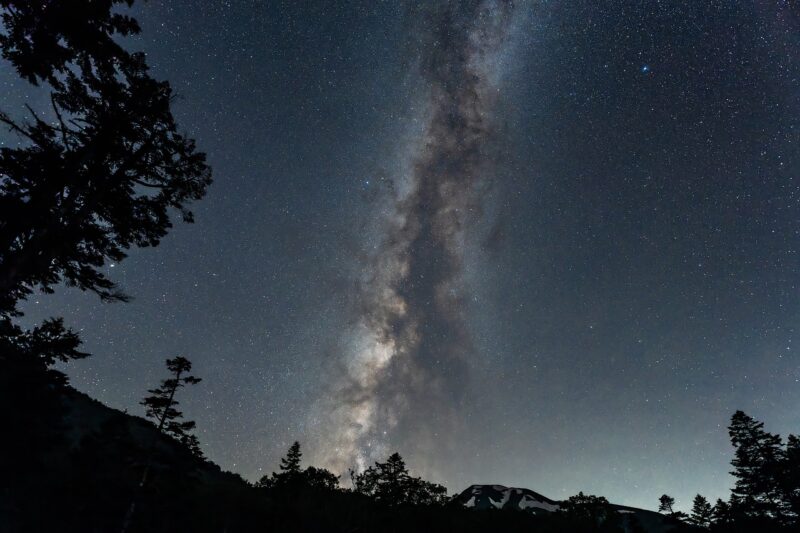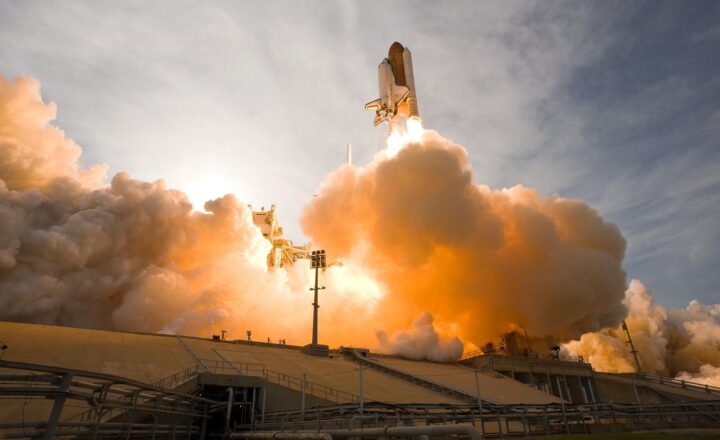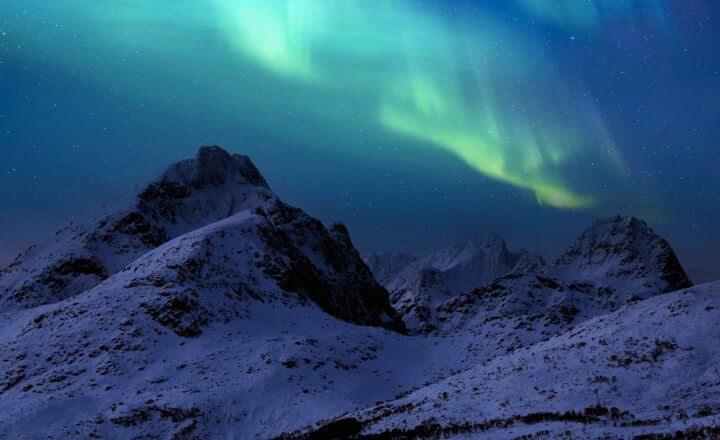Theories on the End of the Universe: Will It Expand Forever or Collapse?
November 12, 2024

The cosmos has fascinated humanity for centuries, and one of the most perplexing questions we’ve sought to answer is about its ultimate fate. Will the universe expand forever, or is there a possibility of a cosmic collapse?
This article explores the leading theories on the end of the universe, delving into concepts such as the Big Freeze, Big Crunch, Heat Death, and the idea of a Big Rip. We aim to unravel the mysteries surrounding these theories and what they imply for the future of everything we know.
1. The Current Understanding of the Universe Expansion
The observable universe is currently expanding, and this phenomenon has been meticulously studied since Edwin Hubble first confirmed in the 1920s that distant galaxies are moving away from us. This observation led to the formulation of the Big Bang theory—which describes how the universe began as a singularity, an infinitely hot and dense point, around 13.8 billion years ago.
This expansion raises fundamental questions about its ultimate direction. Is the universe destined to keep stretching indefinitely, or will the forces of gravity eventually slow this expansion and reverse it?
2. The Big Freeze: A Cold, Dark Future
The Big Freeze is one of the leading theories explaining how the universe will end. Also known as Heat Death, this scenario postulates that the universe will continue to expand forever, ultimately leading to a gradual cooling down of all matter and energy.
– Key Points of the Big Freeze:
– As the universe expands, galaxies will drift farther apart, reducing interactions.
– Stars will eventually exhaust their nuclear fuel and die out, leading to a dark universe filled with black holes and stellar remnants.
– Without new stars forming, the universe will become colder and darker until only a sparse distribution of matter remains.
This scenario presents a bleak but intriguing vision of the future where the universe approaches absolute zero and no meaningful energy exchange occurs.
3. The Big Crunch: A Cosmic Collapse
In contrast to the Big Freeze, the Big Crunch theory suggests that the gravitational forces of matter in the universe could eventually slow down and stop the expansion, leading to a reversal of this trend. This could happen if the density of the universe exceeds a critical threshold, leading everything to come together again.
– Key Points of the Big Crunch:
– Matter would start to collapse under its own gravitational pull.
– Galaxies would merge, leading to a denser and hotter universe.
– Eventually, the universe would undergo a dramatic implosion, theoretically resulting in a singularity similar to the Big Bang that birthed it initially.
Supporters of this theory argue that there might be enough mass in the universe to trigger such a collapse, resulting in a cyclical existence of expansion and contraction—an endless series of births and deaths of universes.
4. The Big Rip: The Ultimate Destruction
The Big Rip is a more recent and less conventional theory that suggests a scenario in which cosmic expansion is driven by dark energy—a mysterious force that permeates space and accelerates its growth. The Big Rip postulates that if dark energy continues to increase in strength, it could eventually tear apart everything in the universe, down to the atomic level.
– Key Points of the Big Rip:
– Galaxies, stars, planets, and living organisms could be gradually ripped apart as the force of dark energy overcomes the gravitational forces binding them.
– The rip would intensify over cosmic time, leading to a surreal end where structures would disintegrate in an orchestrated cosmic violence.
– This theory suggests a finite timeline where the universe could face destruction in only 20 billion years if the increase in dark energy’s strength continues unopposed.
Exploring the implications of this theory leads to fascinating, yet terrifying, options for the end of all existence.
5. The Role of Dark Energy in Cosmic Fate
Dark energy remains one of the universe’s greatest enigmas. Currently comprising roughly 68% of the universe’s total energy density, its exact nature remains largely unknown. Observational data, including measurements of the cosmic microwave background radiation and galaxy distribution, have indicated that dark energy’s properties play a pivotal role in determining which of the scenarios will take place.
As we continue to gather more refined data and our understanding of physics evolves, the mystery surrounding dark energy may shed light on which theory is ultimately true.
6. Conclusion: What Lies Ahead for Humanity?
As we peer into the depths of space, the questions about the universe’s end fuel our curiosity and stoke the fires of scientific inquiry. Whether it’s an endless expansion, a dramatic collapse, or something altogether different like the Big Rip, the future of the cosmos remains one of the most profound and peculiar mysteries we face.
Understanding these theories is not just an intellectual exercise—it’s a reminder of our fragility and the transient nature of our own existence in the cosmos. Every new discovery in astronomy not only takes us closer to answering these questions but also humbles us with the realization that we are part of a grand and intricate tapestry.
As we advance in technology and understanding, humanity is faced with the imperative to protect our planet and expand our horizons beyond Earth.
In the end, contemplating the fate of the universe serves as a mirror reflecting our own existence—ephemeral, beautiful, and ultimately uncertain.








